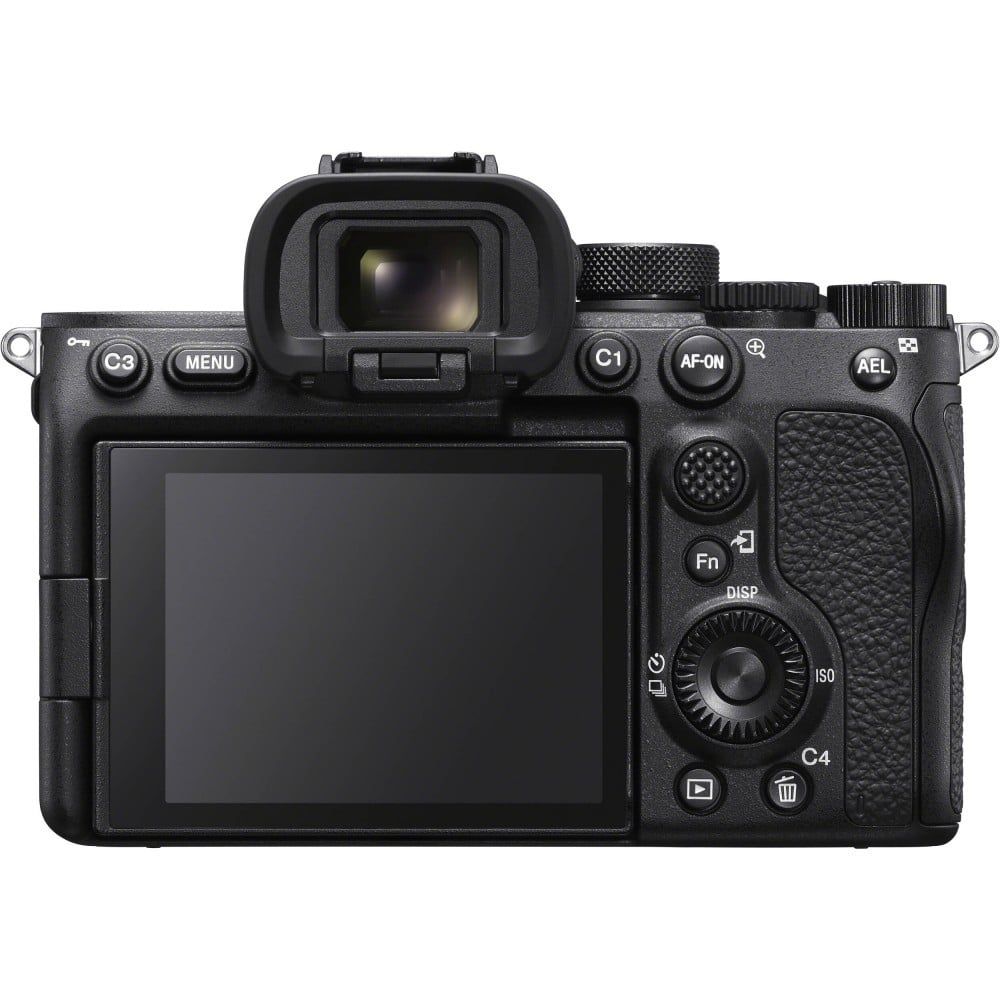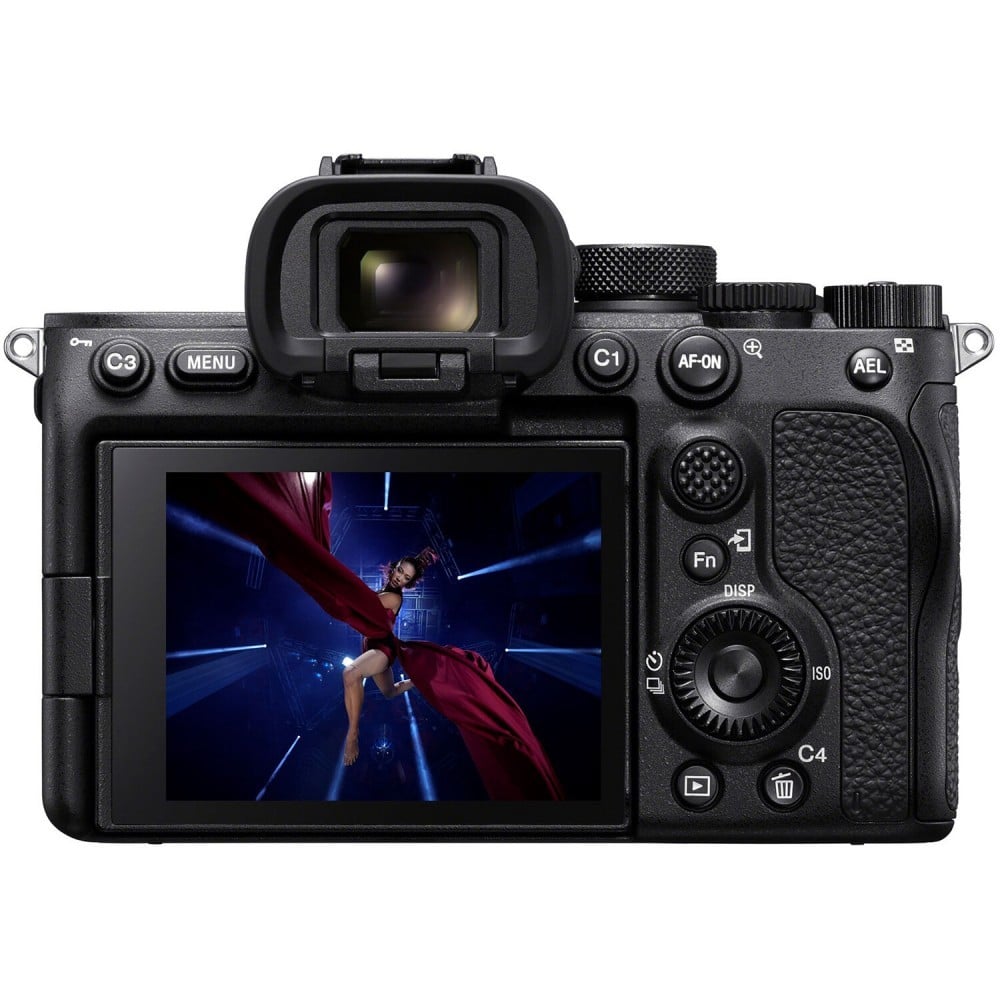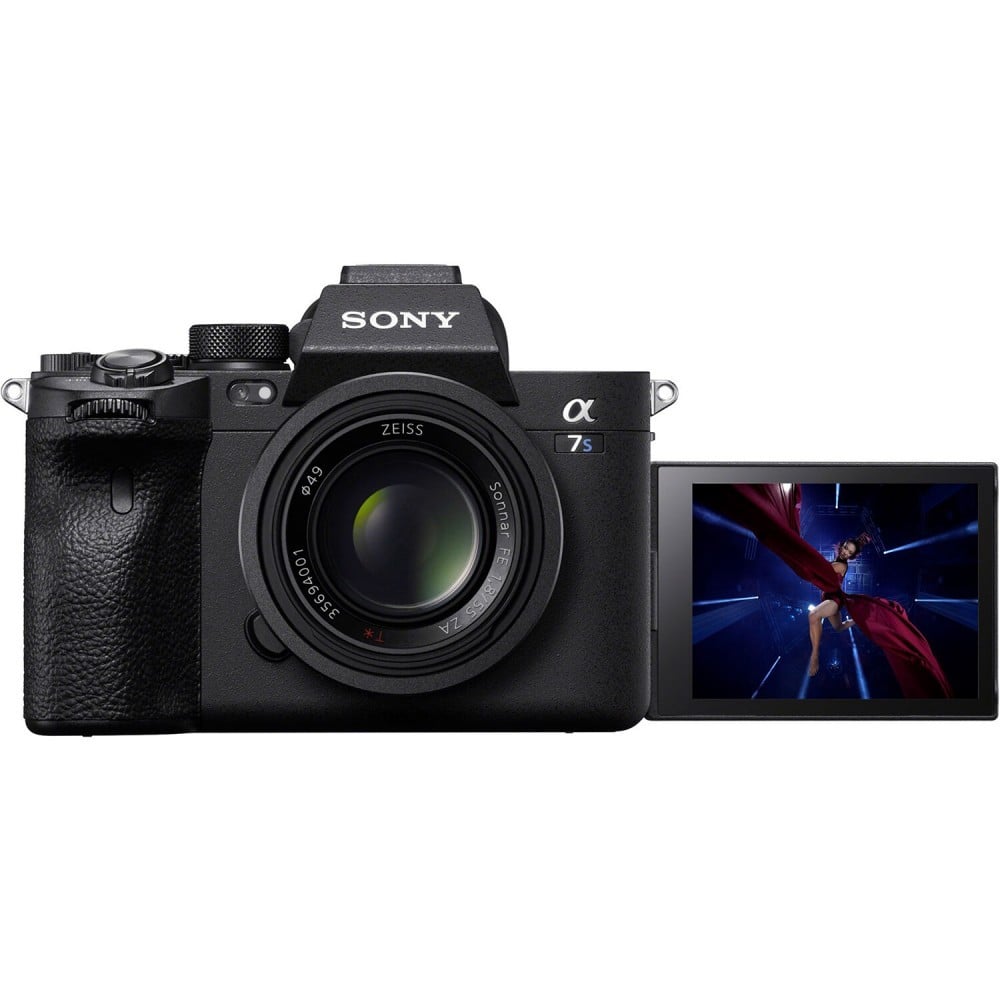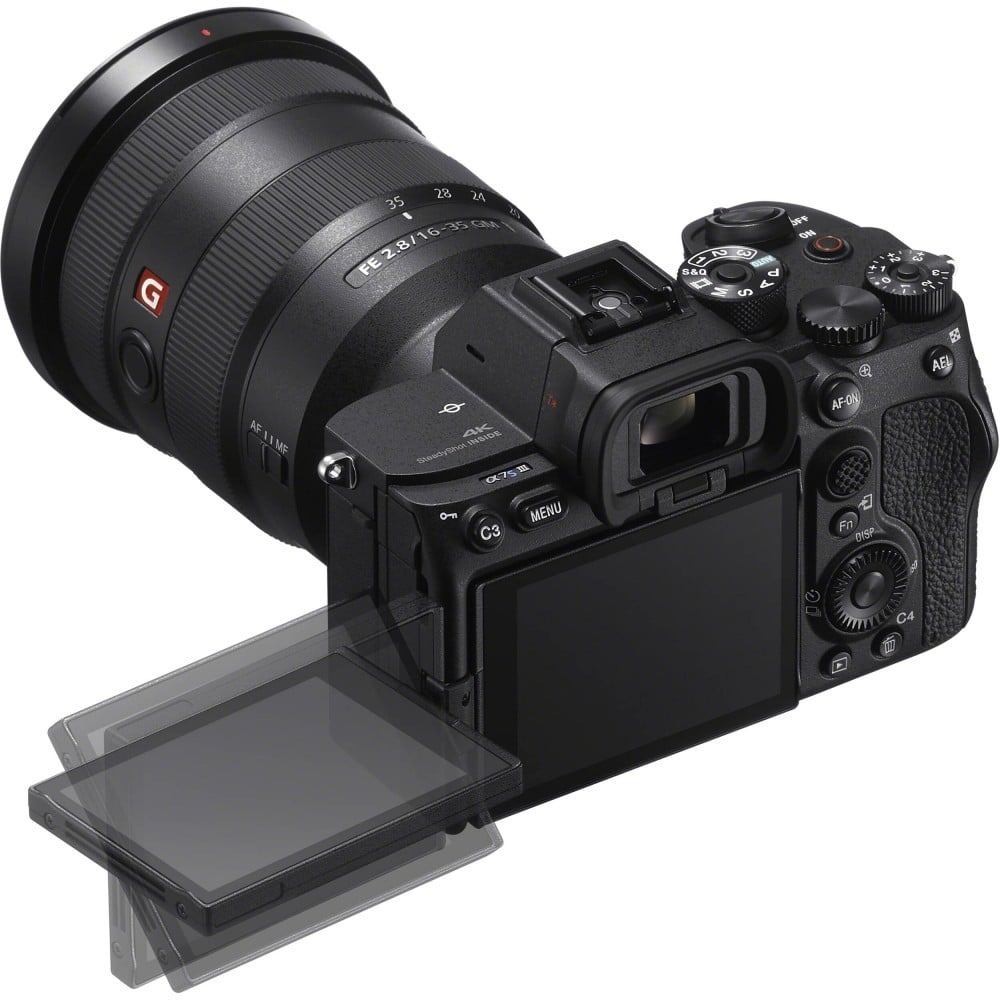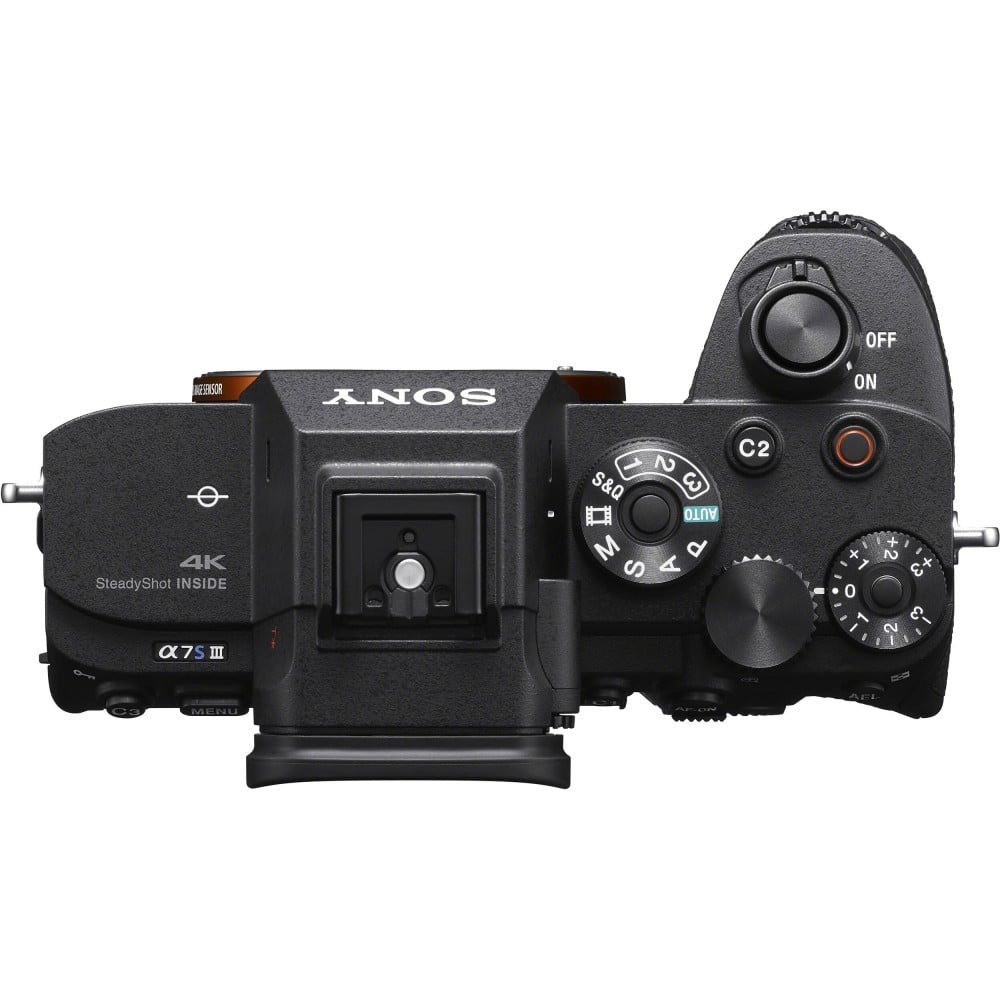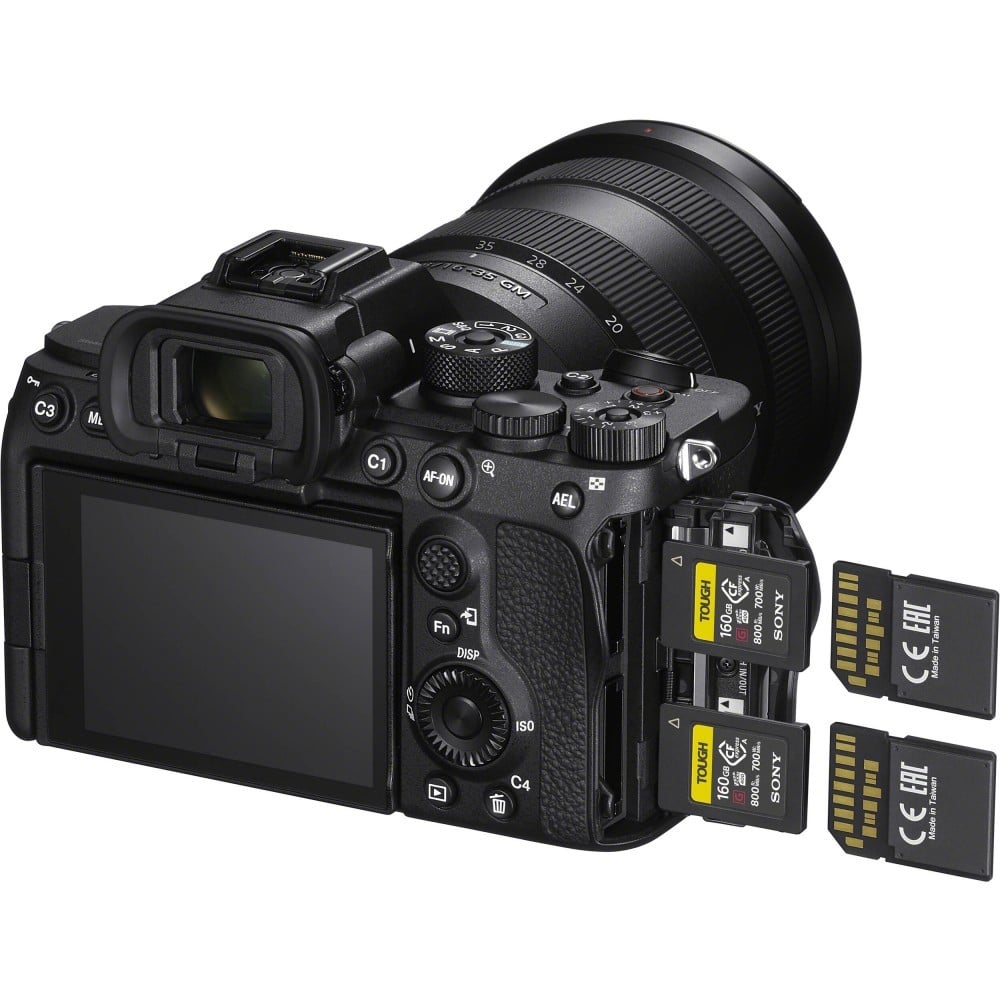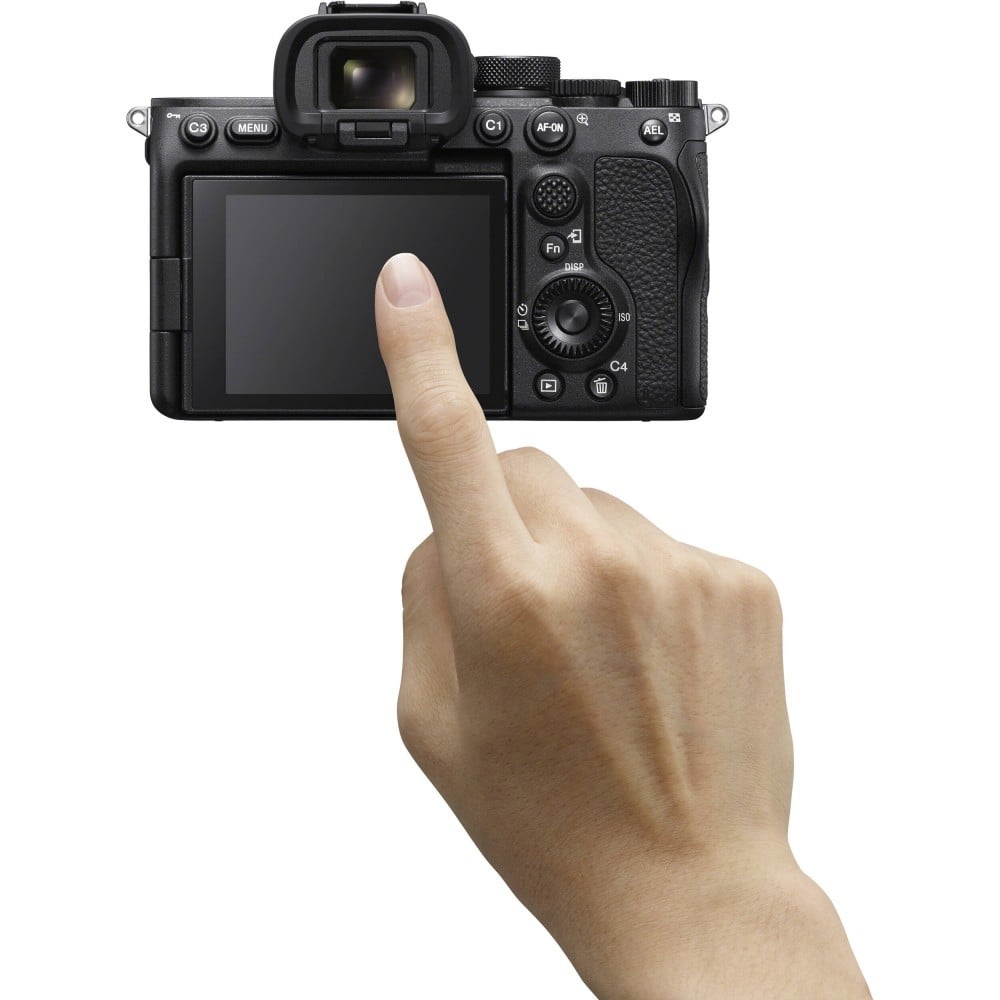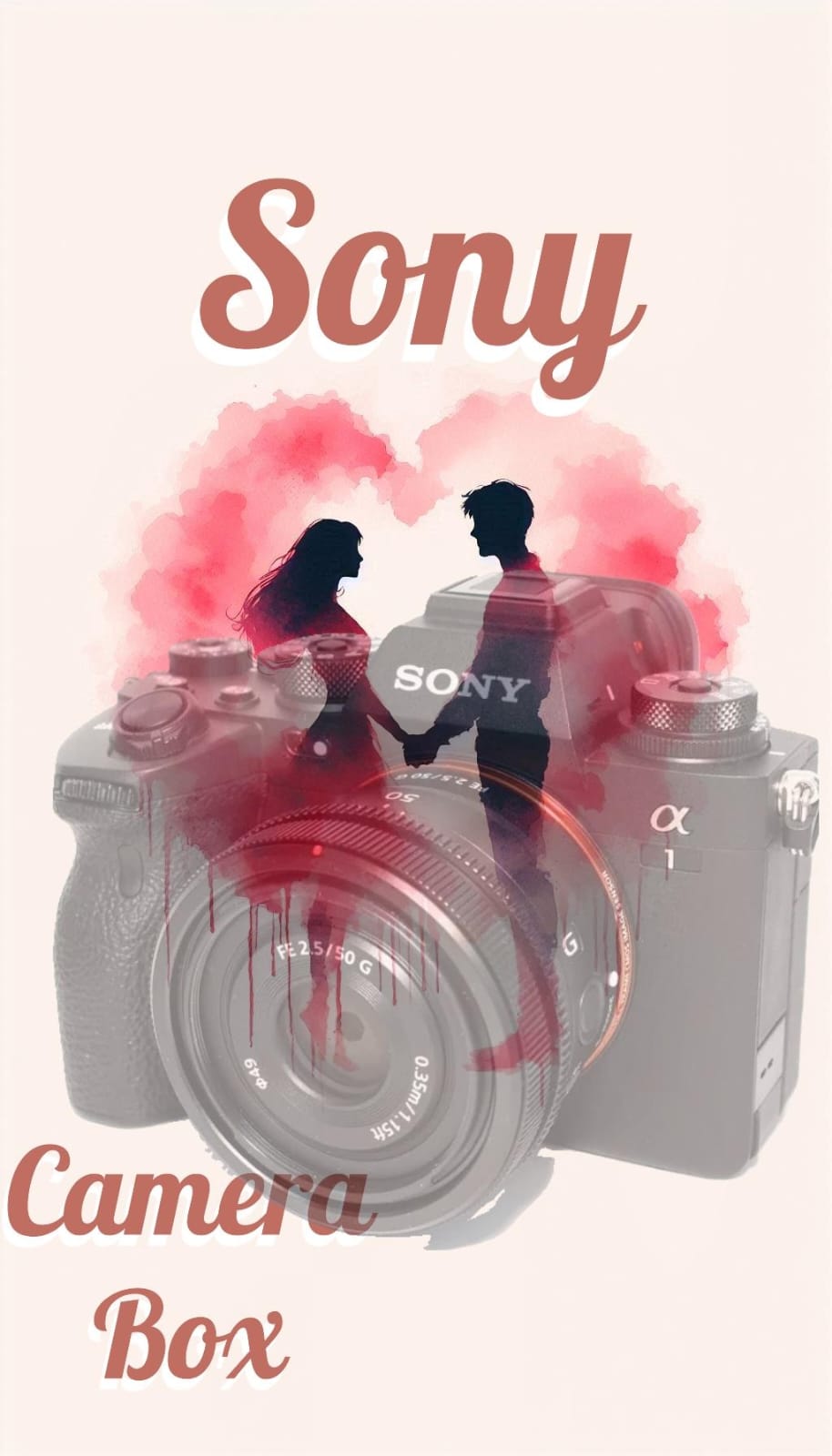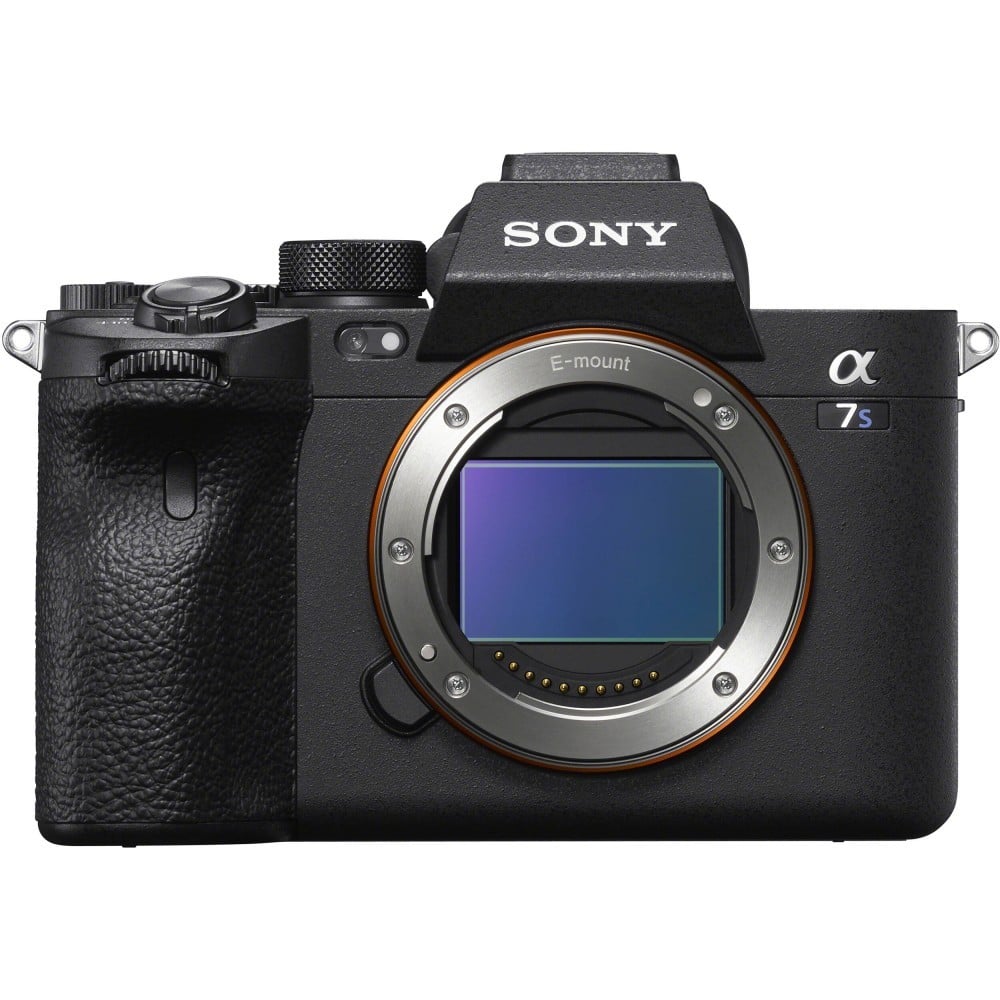
-
تفاصيل المنتج
-
تقييمات المنتج
Sony's A7S III mirrorless camera is equipped with a 12.1MP Exmor RS CMOS Sensor and the BIONZ XR processor.
A 12.1-megapixel Exmor RS CMOS sensor with a back-lit Exmor RS design is designed to deliver enhanced clarity and sensitivity, while reducing noise and reducing rolling shutter.
It features an improved ISO range of 80-102400 and 40409600, and when paired with the updated BIONZ XR image processing system, it can significantly improve the camera's processing speed and overall handling
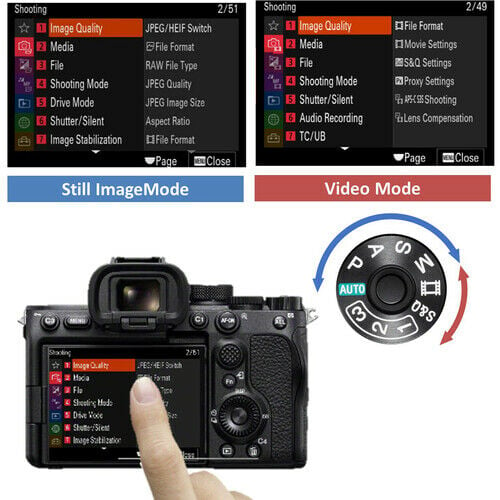
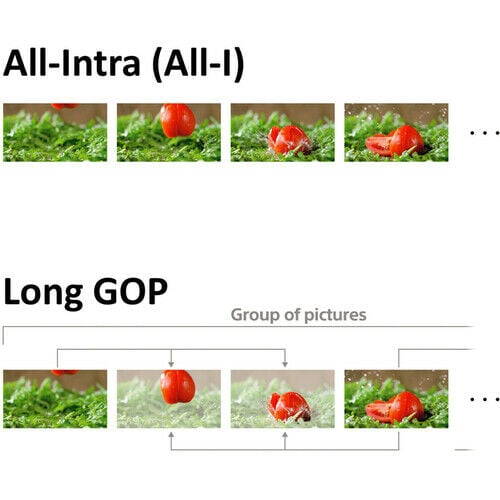
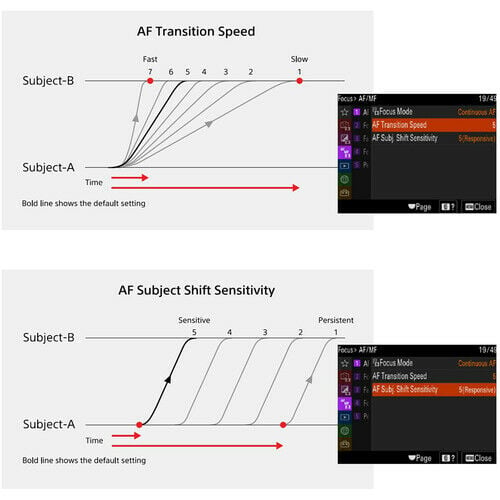
Sony A7S III Mirrorless Camera
Sony's A7S III mirrorless camera is equipped with a 12.1MP Exmor RS CMOS Sensor and the BIONZ XR processor. A 12.1-megapixel Exmor RS CMOS sensor with a back-lit Exmor RS design is designed to deliver enhanced clarity and sensitivity, while reducing noise and reducing rolling shutter. It features an improved ISO range of 80-102400 and 40409600, and when paired with the updated BIONZ XR image processing system, it can significantly improve the camera's processing speed and overall handling.
The combination of the processor and sensor helps the A7S III achieve a dynamic range of up to 14 stops. It can also shoot at 10 fps continuous.
Sony A7S III Key Features:
12 MP Full-Frame Exmor R BSI CMOS Sensor
UHD 4K 120p Video, 10-Bit 4:2:2 Internal
16-Bit Raw Output, HLG & S-Cinetone
3.0" 1.44m-Dot Vari-Angle Touchscreen
Dual CFexpress Type A/SD Card Slots
4K Recording
With 4K recording at up to 120p, you can use a full 1:1 pixel readout with no binning. In addition, you can also use 10-bit 4:2:2 sampling to create a variety of recording modes. If you're using a full-size HDMI A port, you can get even more creative with 16-bit raw output The XAVC HS and XAVC S-I were developed. The former uses the HEVC/H.265 codec to achieve better detail at lower bitrates, while the latter is an intraframe codec that can handle consistent performance up to 600 Mb/s. With up to 120 frames per second recording, you can create up to 5x and 4x slow-motion videos. You can also set the playback rate to either 30p or 24p, and if you want to get even more motion control, you can use a 240p frame rate
The a7S III is ideal for long-form recording, and it doesn't have limitations on the amount of clips you can take. Its built-in heat-dissipating structure helps extend the recording time up to 60 minutes at 4K60p. The S-Cinetone feature is a skin tone enhancement that can be used to deliver a healthy-looking appearance with the same colors as the FX6 and FX9. It's based on the technology used by the professional cameras of the cinema line, such as the VENICE
The a7S III features customizable gamma and color controls, and users can adjust the black level, knee, and gamma. In addition, users can utilize the S-Log2 Gamma curve, which is a feature found on high-end Sony cameras, to boost post-production flexibility
5-Axis SteadyShot INSIDE Image Stabilization
The a7S III features an enhanced 5-axis SteadyShot image stabilization system that enables users to shoot with any lens, even those with modified mounts, without experiencing blur caused by camera shake. This makes it easy for users to confidently use their devices for capturing images. Its built-in stabilization also helps minimize the effects of pitch and yaw adjustments
High-magnification and macro imagery will benefit from the addition of vertical and horizontal shift compensation. Roll compensation will also be utilized for all shooting styles. All of the axes of stabilization will work at the same time regardless of the type of lens or adapter used. Additionally, for video, there's a mode called Active IS that adds even more precision to the methods that are used to smooth out footage
Body Design
The Tru-Finder EVF and the Vari-Angle Touchscreen LCD are designed to provide a wide range of options for consumers
This versatile QXGA OLED viewfinder with a 0.9x magnification and a 9.44m dot resolution is designed to provide clear and bright eye-level images. It features a 120 fps mode and a fluorine coating that helps keep the device clean. Its physical design features a 25mm eye point and a 41 field of view
This is the first 7 series camera with a side-opening 3.0" vari-angle screen. It allows users to take advantage of the features of the LCD while recording videos at low and high angles. It also features a touchscreen for easy menu navigation and shooting control
The redesigned menu system is more intuitive and helps users easily access the various settings and workflows that are available for shooting stills and movies. It also works with the rear LCD's touchscreen design
The two card slots are designed to accept either SD-type or CFexpress type A memory cards. They feature flexible file handling and recording and can be configured for different configurations. Both of these slots are rated to support fast transfer speeds with the help of the UHS-II technology
The robust magnesium alloy body is built to withstand the rigors of daily shooting while maintaining its lightweight nature. Its lens mount has been enhanced to accommodate heavier lenses, and the hand-holding comfort has been improved
The device's internal components are weather-sealed to prevent moisture and dust damage. This ensures that it can operate in harsh conditions
The NP-FZ100 is compatible with a high-capacity lithium-ion battery. It can provide up to 510 shots of continuous shooting with the viewfinder and 600 shots with the rear LCD
Ports & Connectivity
When connecting a digital camera to an external recorder using a full-size HDMI port, it provides a better connection. In addition, a USB 3.2 Gen 1 port has been added for faster connectivity. The camera can also be charged using the USB Type-C port
The Multi Interface Shoe features 3.5mm audio ports and external microphones for enhanced audio recording. It can be used with the optional B1M Shotgun Microphone or the XLR-K3M Adapter Kit for enhanced sound quality
The built-in Wi-Fi allows remote control and the sharing of images with mobile devices. It also supports wireless tethered shooting
Pairing the USB Type-C port with an Ethernet adapter provides up to 1000BASE-T connectivity. It can also be used for remote shooting and FTP transfers
Internal Recording Mode Specifications
H.265/XAVC HS 4:2:2/4:2:0 10-Bit
UHD 4K (3840 x 2160) at 23.98/50/59.94/100/120 fps [30 to 280 Mb/s VBR]
H.264/XAVC S 4:2:2 10-Bit
UHD 4K (3840 x 2160) at 23.98/25/29.97/50/59.94/100/120 fps [100 to 280 Mb/s VBR]
1920 x 1080p at 23.98/25/29.97/50/59.94 fps [50 Mb/s VBR]
H.264/XAVC S 4:2:0 8-Bit
UHD 4K (3840 x 2160) at 23.98/25/29.97/50/59.94/100/120 fps [60 to 200 Mb/s VBR]
1920 x 1080p at 23.98/25/29.97/50/59.94/100/120/200/240 fps [16 to 100 Mb/s VBR]
H.264/XAVC S-I 4:2:2 10-BitUHD 4K (3840 x 2160) at 23.98/25/29.97/50/59.94 fps [240 to 600 Mb/s VBR]
1920 x 1080p at 23.98/25/29.97/50/59.94 fps [89 to 222 Mb/s VBR]


